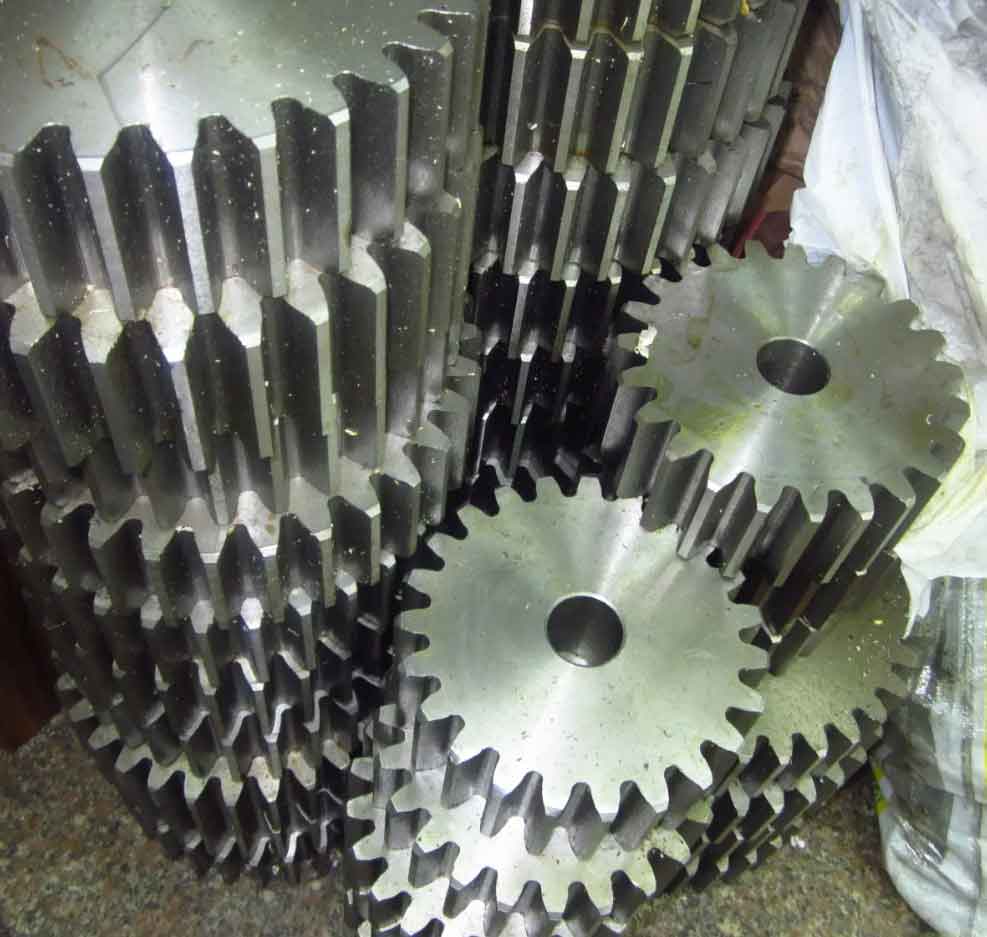
Reducing noise in spur gear systems is crucial for enhancing the comfort and usability of machinery, particularly in applications close to residential areas or within consumer products. Here are several effective noise reduction techniques tailored specifically for spur gear systems:
1. Tooth Profile Modifications
- Tip Relief and Root Fillet Enhancements: Modifying the tooth tips and root fillets can decrease the impact noise generated when teeth come into contact and exit engagement. These modifications help in smoothing the transition between engaging and disengaging teeth.
- Helical Tooth Profile: Although traditionally spur gear have straight teeth, slightly helical profiles can be used to gradually engage and disengage teeth, reducing the instantaneous impact and thus lowering noise levels.
2. Material Selection
- Polymer Gears: Using polymers or composite materials can significantly reduce noise due to their inherent damping properties compared to metal gear.
- Advanced Metals with Damping Properties: Certain metals and alloys designed for reduced vibration can also help in noise reduction.
3. High-Precision Manufacturing
- Improved Gear Tolerances: Precision manufacturing techniques that achieve tighter tolerances and smoother surface finishes can reduce mechanical noise. This includes high-quality grinding and honing processes.
- Surface Finishing: Processes like shot peening or isotropic finishing can improve the surface quality of the teeth, reducing friction and noise.
4. Lubrication
- Viscosity and Type: Selecting the correct lubricant viscosity and type can reduce friction and, consequently, noise. High-performance lubricants with additives that promote a smoother spur gear meshing can be particularly effective.
- Lubrication Delivery Systems: Automated lubrication systems ensure consistent and adequate lubrication, which helps in reducing spur gear noise.
5. Gear Meshing Adjustments
- Contact Ratio: Increasing the contact ratio (more than one pair of teeth in contact) can reduce the load on individual teeth, spreading the stress and reducing the noise produced during gear meshing.
- Load Distribution: Ensuring uniform load distribution across spur gear face can prevent localized deflections and misalignments, which are common noise sources.
6. Enclosures and Dampening Systems
- Sound Dampening Enclosures: Encasing noisy spur gear systems in housings equipped with sound-absorbing materials can significantly reduce noise transmission.
- Vibration Isolation Mounts: Using vibration isolators or dampeners between spur gear housing and the rest of the machinery can prevent the transmission of vibration and associated noise.
7. Dynamic Balancing
- Balancing Gears: Dynamically balancing spur gear to eliminate vibrations can reduce noise. This is especially effective in high-speed applications where even minor imbalances can cause significant noise.
8. Design of Gearbox Housing
- Stiffness and Material: Designing stiffer gearbox housings using materials that have inherent noise dampening properties can help in reducing the overall noise levels.
- Geometry Optimization: Optimizing the internal geometry of spur gearbox to deflect and absorb sound waves rather than amplify them.
Conclusion
Implementing these techniques often requires a holistic approach, considering the entire gear system’s design and operational environment. The choice of techniques depends largely on the specific application, operational requirements, and the severity of the noise issue. Often, a combination of these strategies—ranging from material selection and gear design to external noise dampening measures—provides the best results in reducing noise in spur gear systems.
